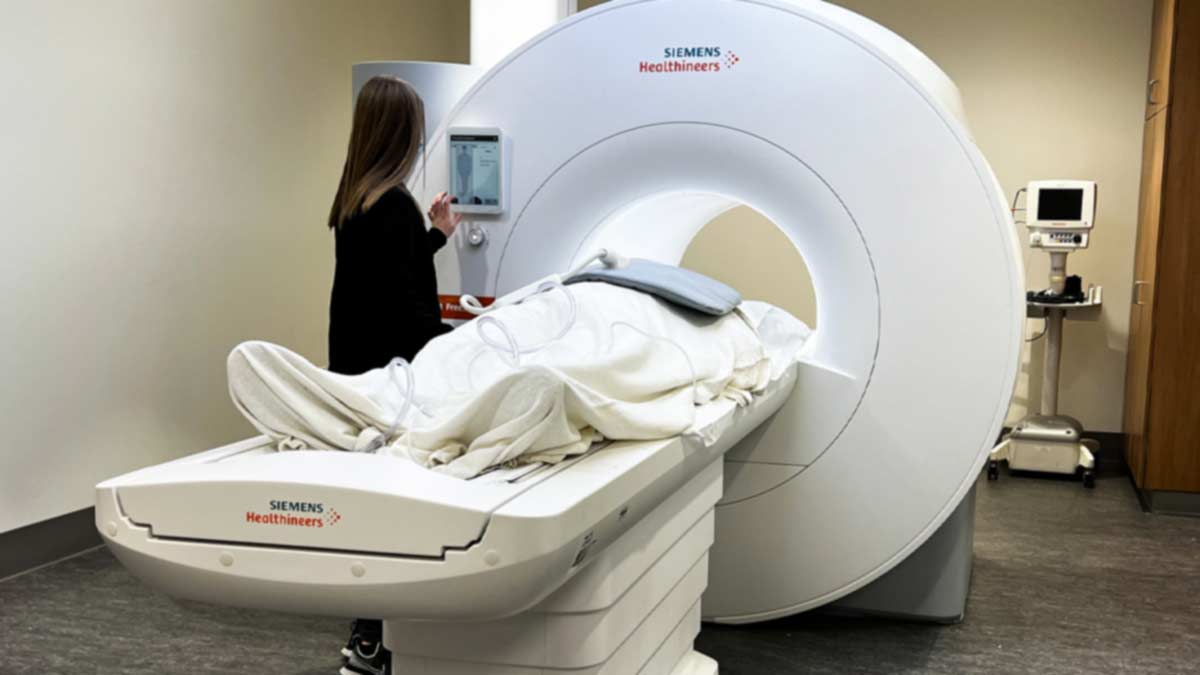Association of obesity and diabetes among Black adults
Type 2 diabetes is a disease that’s caused by cells located in the pancreas being unable to produce enough insulin to overcome “insulin resistance.” Insulin usually opens doors in blood vessels to let sugar out into muscles, liver, kidneys, brain and other tissues. Adipose tissue drives higher levels of insulin resistance in the body and prevents sugar from getting out of the blood stream, which leads to high blood sugar levels and, eventually, type 2 diabetes. If blood sugar levels remain uncontrolled, there are a wide variety of side effects and complications that range in severity, with the most severe being blindness and amputation. Thankfully, if patients are promptly diagnosed and good blood sugar levels are maintained, the risk of these complications occurring can be reduced. This is why consistent monitoring and accurate diagnostic tools for prediabetes and diabetes are so important.
The conversation around racial and ethnic minorities being less aware of diabetes and prediabetes has long played a role in disparities in diabetes diagnosis, treatment and outcomes. In 2000, the Jackson Heart Study (JHS) was created to understand the pathophysiology and outcomes of cardiovascular disease and other chronic diseases like diabetes. Within the study, the development of diabetes was tracked in 5,306 Black adults over an extended period of time.
Some of the body composition data that the JHS measured were the amount of subcutaneous adipose tissue, the amount of visceral adipose tissue and waist circumference in patient populations. Joshua Joseph, MD, MPH, assistant professor in the Department of Internal Medicine at The Ohio State University College of Medicine, utilized this information to determine if there is a body composition metric that is better at predicting incident diabetes among Black adults with normal fasting glucose versus individuals with prediabetes. Incident diabetes is the onset of new diabetes in individuals without prevalent diabetes at baseline.
The study gathered information regarding a number of measures of adiposity and compared them to hemoglobin A1c one of the standard measures of blood glucose, over 3 months. Among individuals without prediabetes, waist circumference, visceral fat and liver fat were better predictors of the development of diabetes. The study suggests that waist circumference may be a better and lower-cost tool to screen individuals with normal glucose.
“Barriers to obtaining accurate adipose tissue measurements such as cost and radiation exposure decrease the accessibility of these metrics,” says Dr. Joseph. “Waist circumference is a relatively easy metric to gather, and could accurately predict the incidence of diabetes or prediabetes when coupled with monitoring fasting glucose levels.”
Dr. Joseph recommends considering the addition of this metric to the monitoring of Black populations. His team also notes that HbA1c was the best predictor of incident diabetes in individuals with prediabetes.
The importance of accurate measures for diabetes and prediabetes among the Black population can’t be overstated.
“Black American populations are diagnosed with diabetes earlier in life,” says Dr. Joseph. “This early onset is associated with greater risk of cardiovascular disease and death. By identifying Black Americans at high risk, we can promote lifestyle changes which will ultimately advance health equity in diabetes.”
This is especially important as the rate of incident diabetes and prediabetes is increasing among Black populations but decreasing among non-Hispanic white populations.
“The higher rates of diabetes development are influenced not only by clinical factors, such as higher blood pressure and body mass index, but also behavioral factors such as lower levels of sleep and dietary intake,” says Dr. Joseph. “All of these factors occur in the context of structural inequalities derived from structural racism.”
Dr. Joseph says that to have the largest impact, solutions to advance diabetes equity must focus on the individual, communities and upstream policies.
Citation:
Joseph, Joshua J., et al. “Association of Adiposity with Incident Diabetes among Black Adults in the Jackson Heart Study.” J Am Heart Assoc, 8 Sept. 2021, doi:10.1161/jaha.120.020716.



